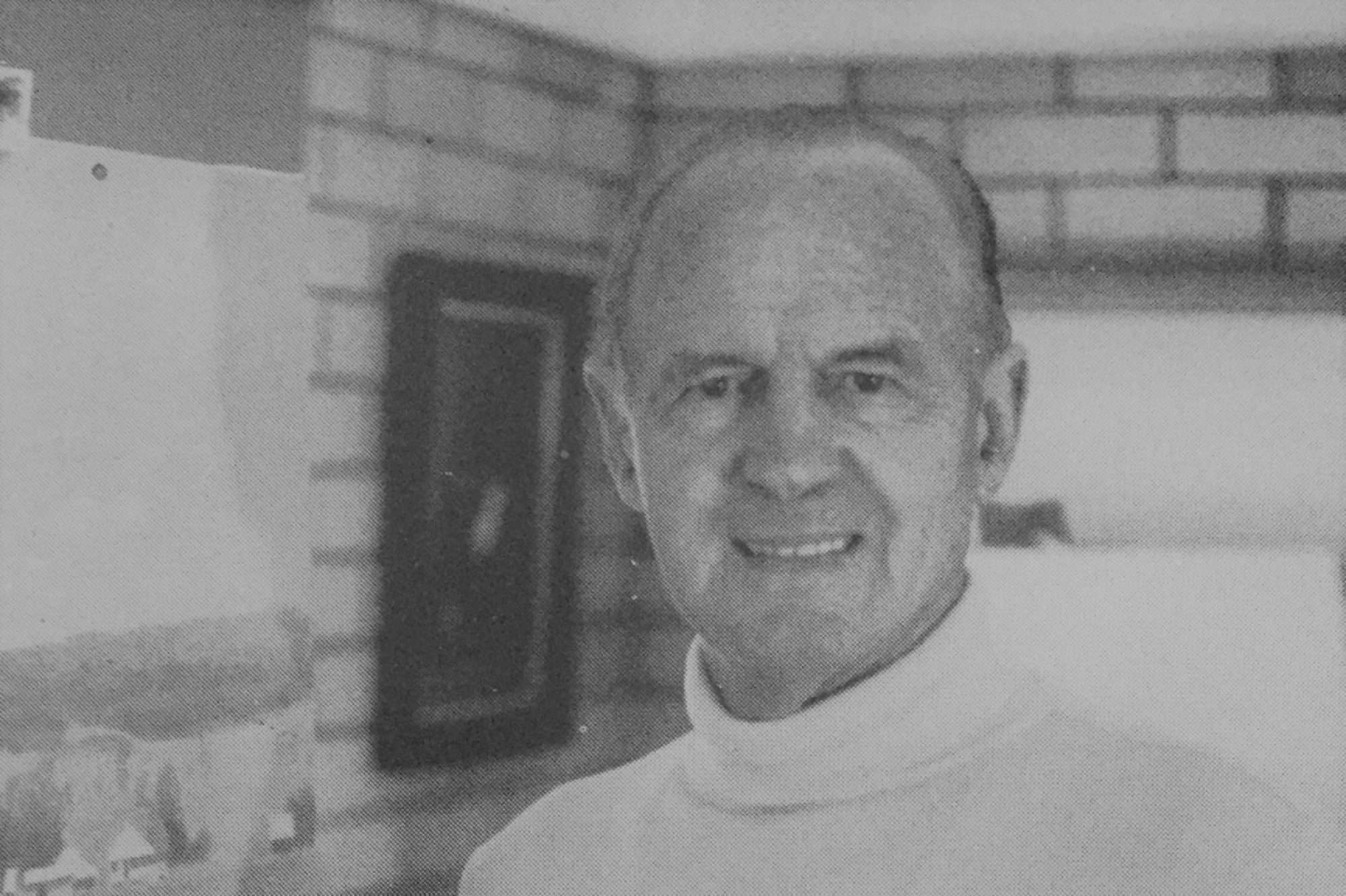1945
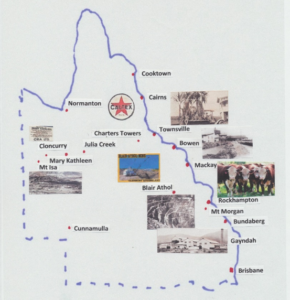
Returning from the war, Max represented Caltex Oil on the Darling Downs for two years, then transferred to Townsville in the same capacity for three years.
He drove thousands of miles through regional Queensland renewing his experience of the intense Australian inland light which sucks the blue from summer skies and dissolves the horizon into a shimmering mirage.
Though he always wanted to draw and paint his corporate career took precedence during this period of his life.
With the mining of lead, copper and zinc at Mt Isa, coal at Blair Athol, gold at the open cut mine at Mt Morgan and uranium at Mary Kathleen, as well as the rapid growth of the sugar and beef industries, this area of Queensland was developing fast in post-war years.
1951
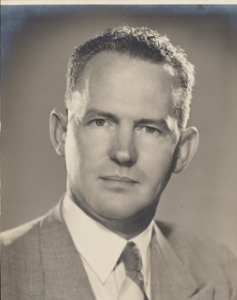
After four years as Assistant Manager for Queensland based in Brisbane, Max was sent to Sydney. However, within two months he was chosen to spend three months training in the oil industry in the United States.
In 1955 Max’s second daughter, Penny was born in Brisbane.
1956
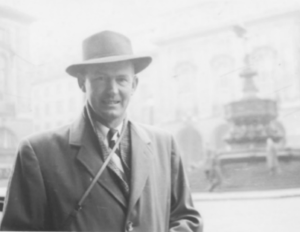
Max in Rome in 1956 on his return journey from the United States. He visited London, Paris, Rome and Athens seeking out major galleries and ancient sites.
1957
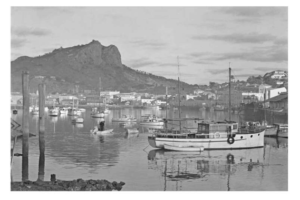
With the enormous growth in the mining, beef and sugar industries in North Queensland Max was offered a role as full State Manager, Caltex, North Queensland.
His office was based in Townsville where he returned and spent the next five years.
1950s
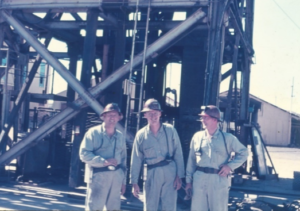
Max at Mt Isa Mines – a large industrial customer of Caltex Oil during his term in Townsville.
He is pictured with his Assistant Manager, Bruce Brown, and a Mt Isa Mines staff member after inspecting the underground mine.
1957
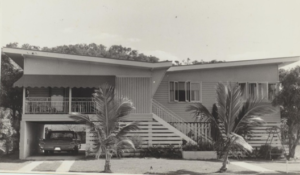
Max used his skills to design the first butterfly roofed house in Townsville where the family lived until Max was transferred to Head Office in Sydney in 1961.
1961
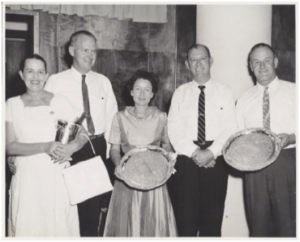
The management team from North Queensland was farewelled by the staff when they were transferred to various other areas.
Queensland was then managed as one state from Brisbane.
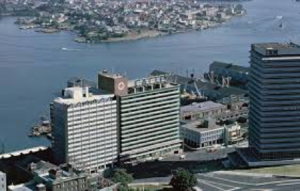
Max was moved to Caltex Oil Head Office in Caltex House, Kent Street, Sydney, where his longed-for opportunity to access art training could be realised.
1964
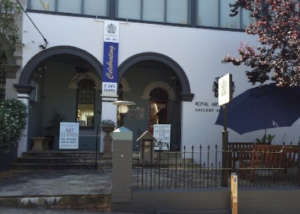
He attended evening classes at the Royal New South Wales Art Society for five years studying under Henry Hanke (Archibald Prize 1934; Sulman prize 1936) from 1965 to 1969, and Alan Hansen in 1968/69 in landscape and portraiture.
He also studied Meldrum tonal principals at the Graeme Inson Studio in 1968/69.
1967
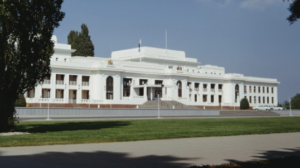 Max was Assistant to the Chairman of the Board of Directors of Caltex, a position filled by an American ex-patriate at that time, where his local knowledge and diplomatic skills were invaluable dealing with the Federal Government in Canberra and the Unions.
Max was Assistant to the Chairman of the Board of Directors of Caltex, a position filled by an American ex-patriate at that time, where his local knowledge and diplomatic skills were invaluable dealing with the Federal Government in Canberra and the Unions.
1966
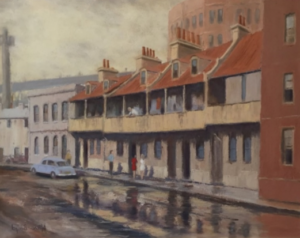
On the weekends, as part of his art studies, Max was required to paint “exercises” and for these he painted many of Sydney’s historic buildings.
These terrace houses are from Lower Fort Street in The Rocks.
1960s
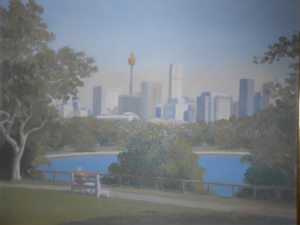
A painting of the Sydney skyline across the Harbour is another.
However, growing up in an historic homestead, Max also had a real appreciation for the heritage of the bush and its unique buildings.
Max was encouraged by his second cousins, Guy and David Boyd.
1970
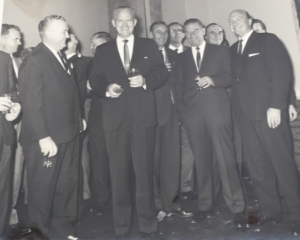
After a long and successful career with Caltex Oil, Max retired to concentrate on art. He was farewelled at Caltex House in Sydney. His gift was an artist’s easel.
His decision to retire and concentrate on art, especially as his younger daughter was still in high school, was a leap of faith but he was strongly supported by his family.
